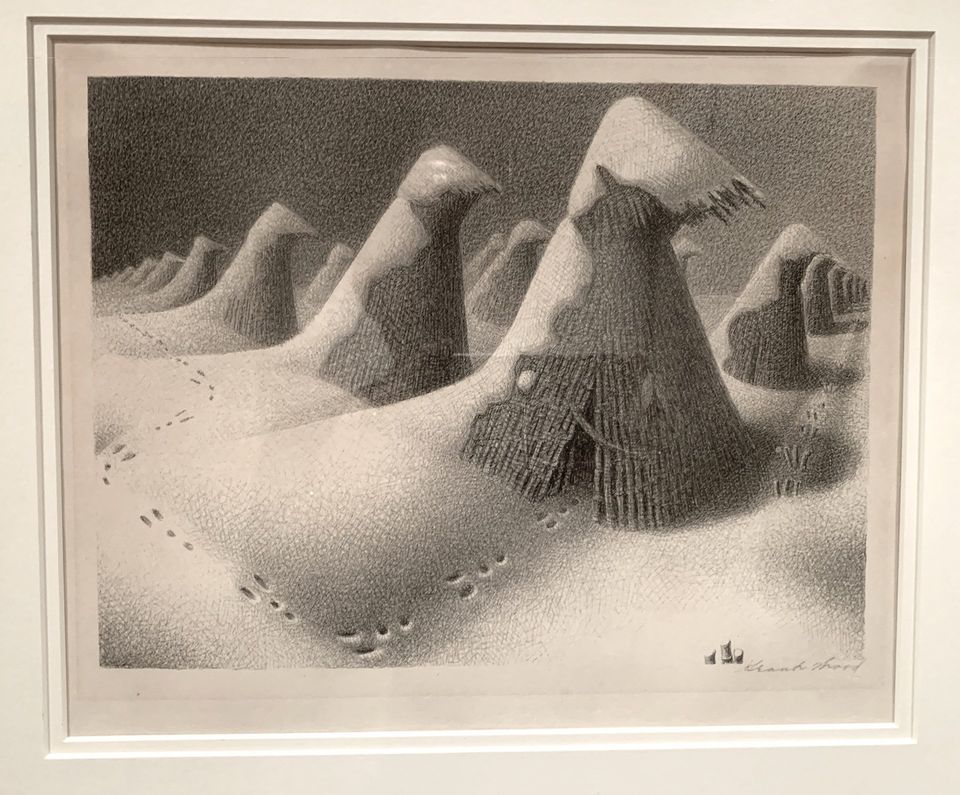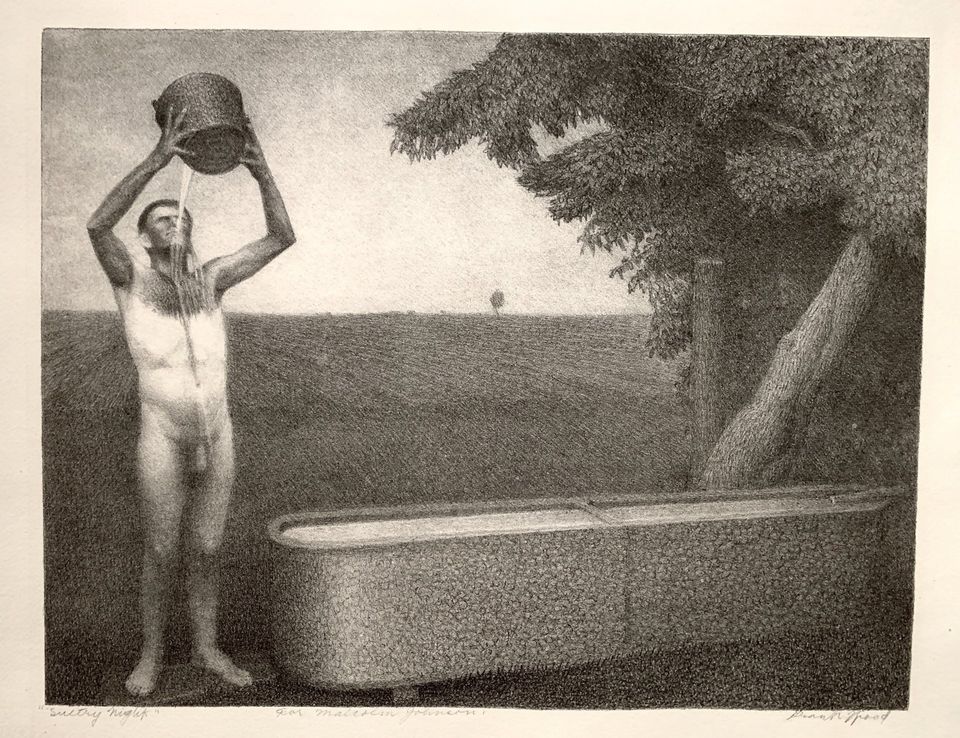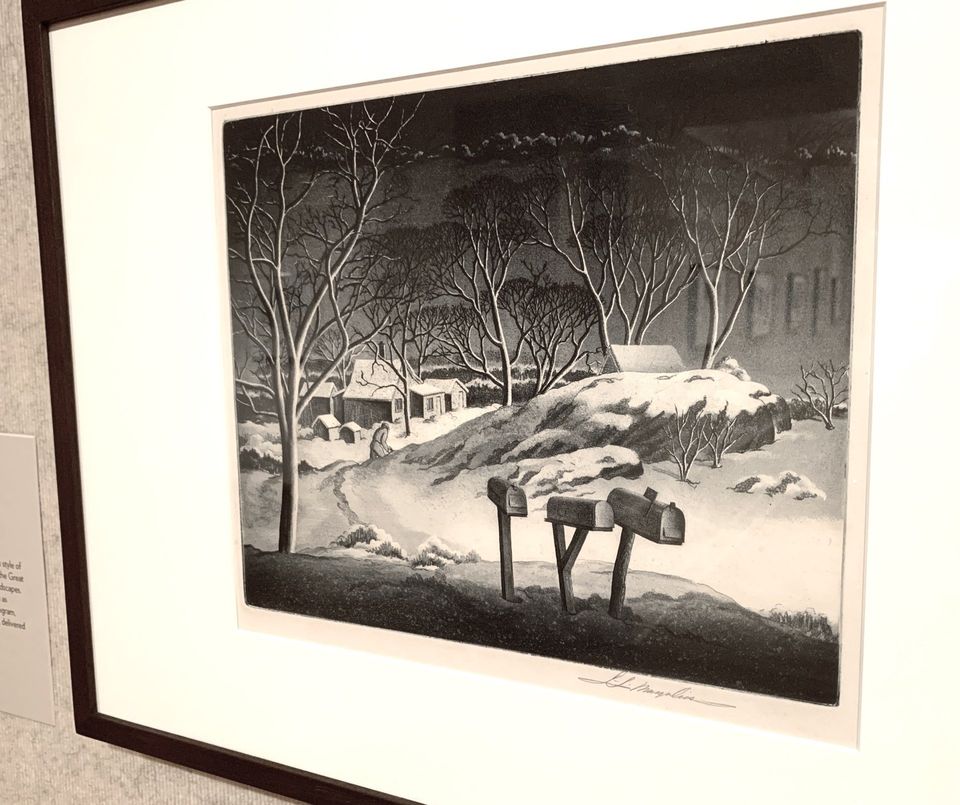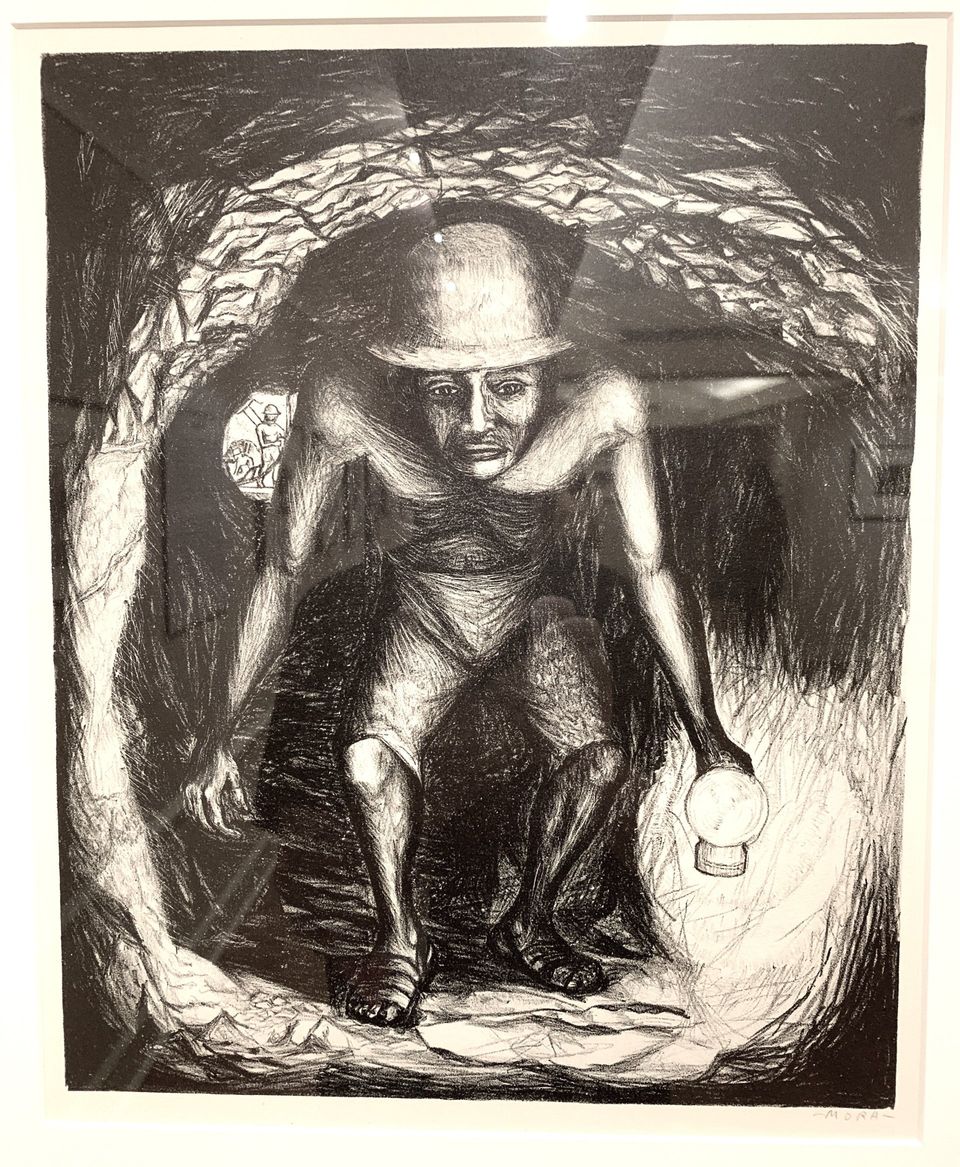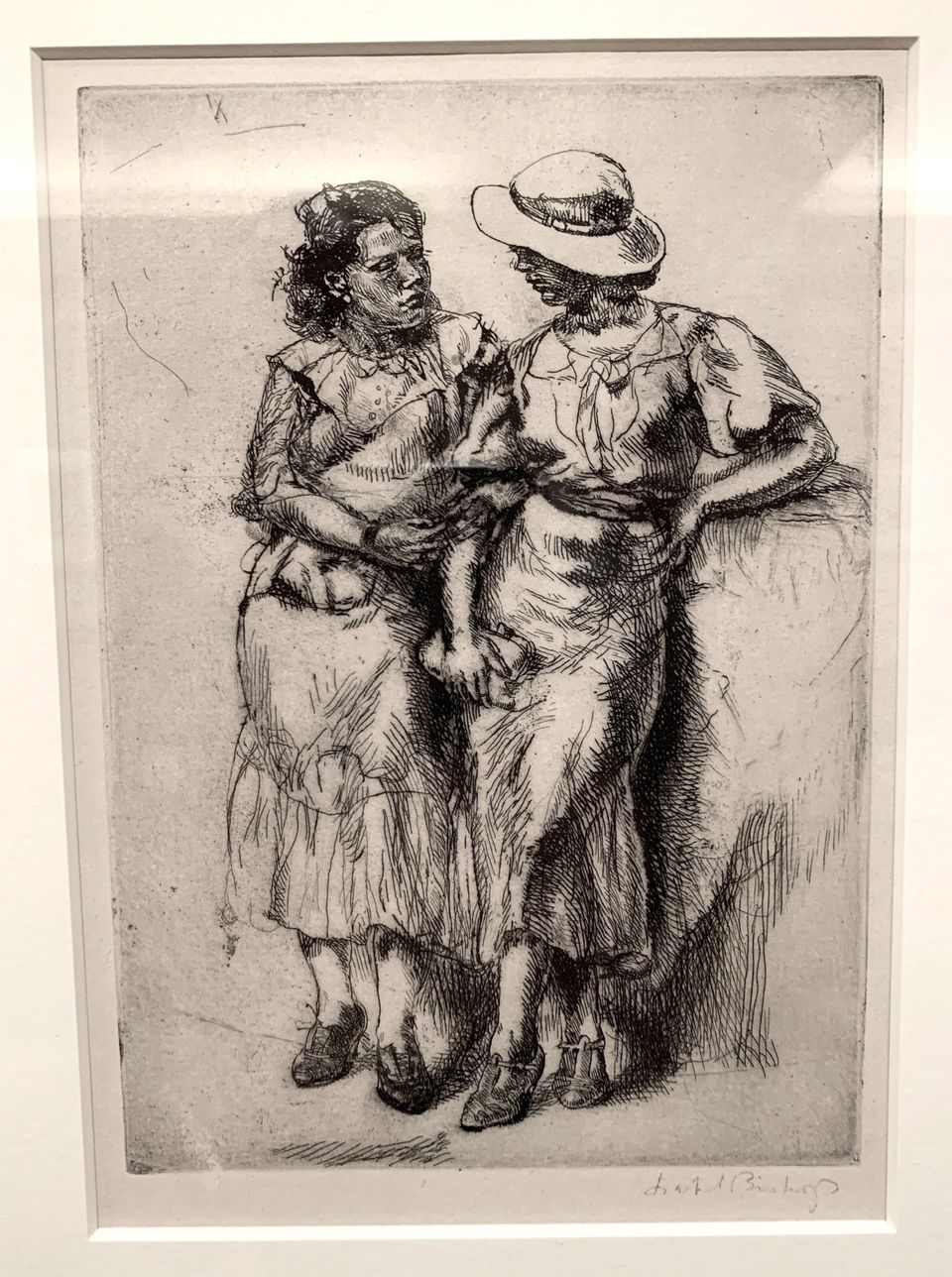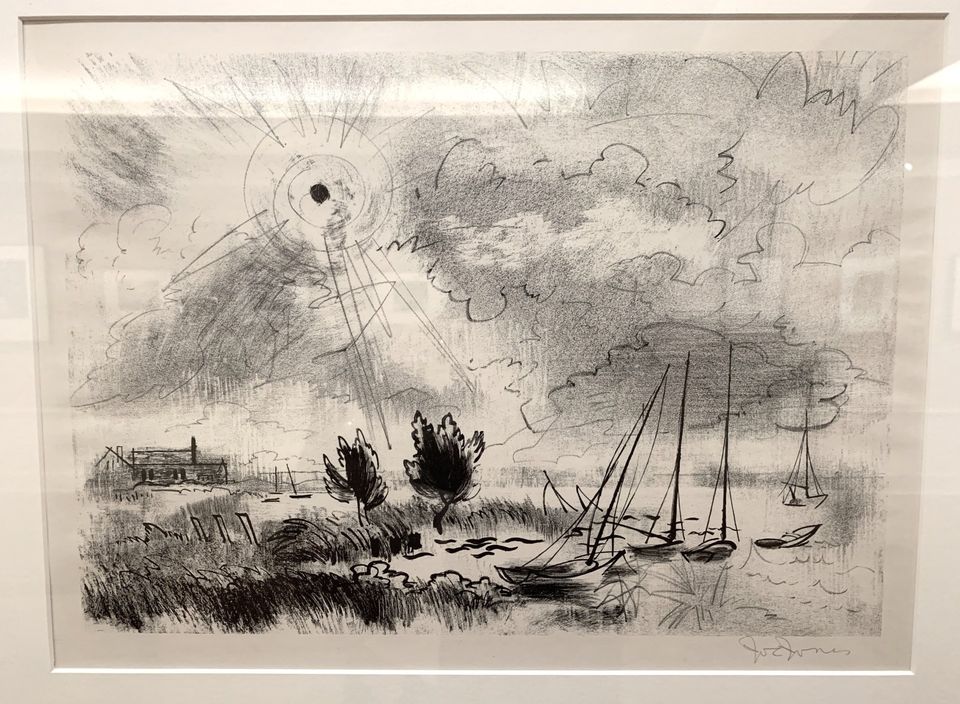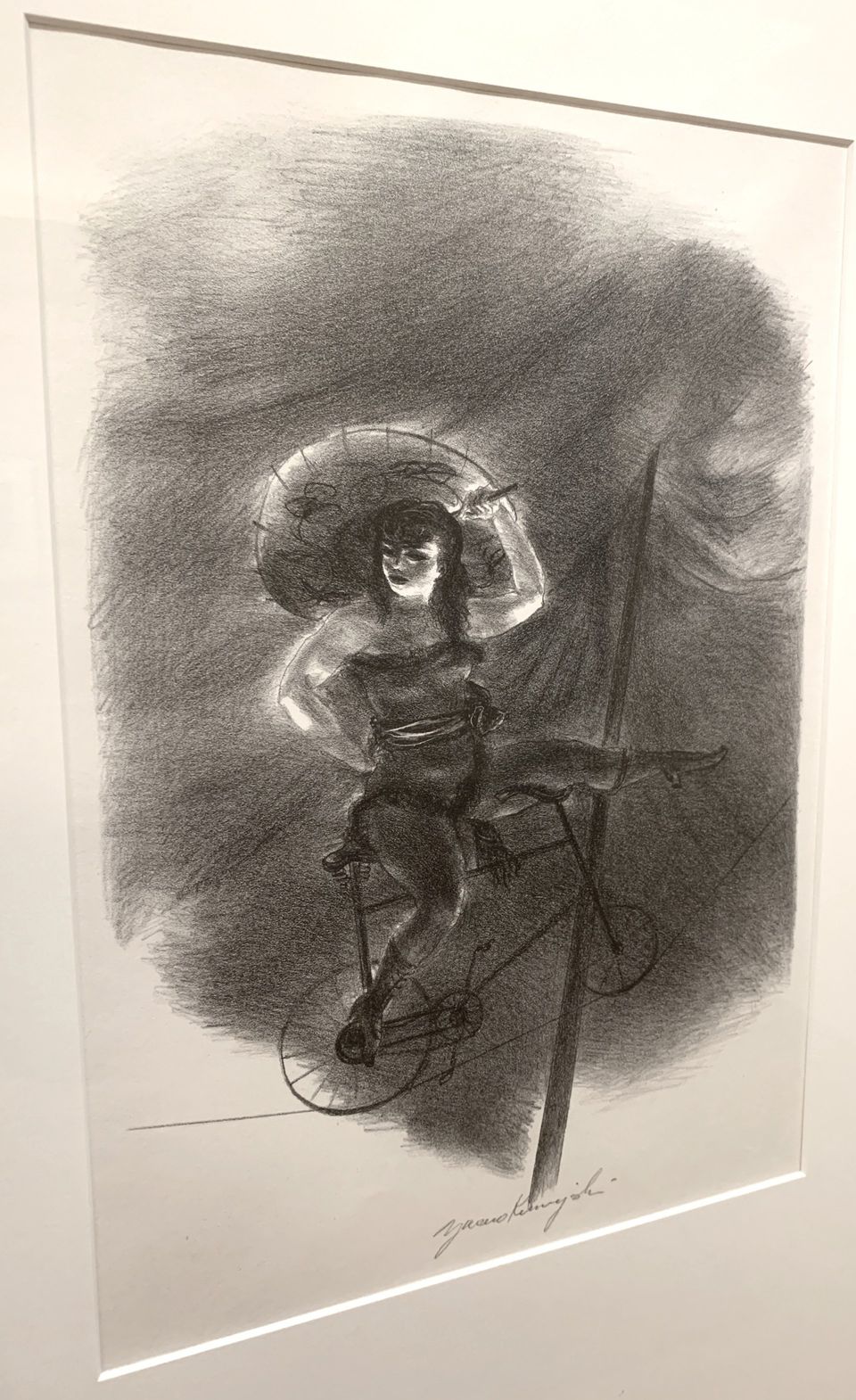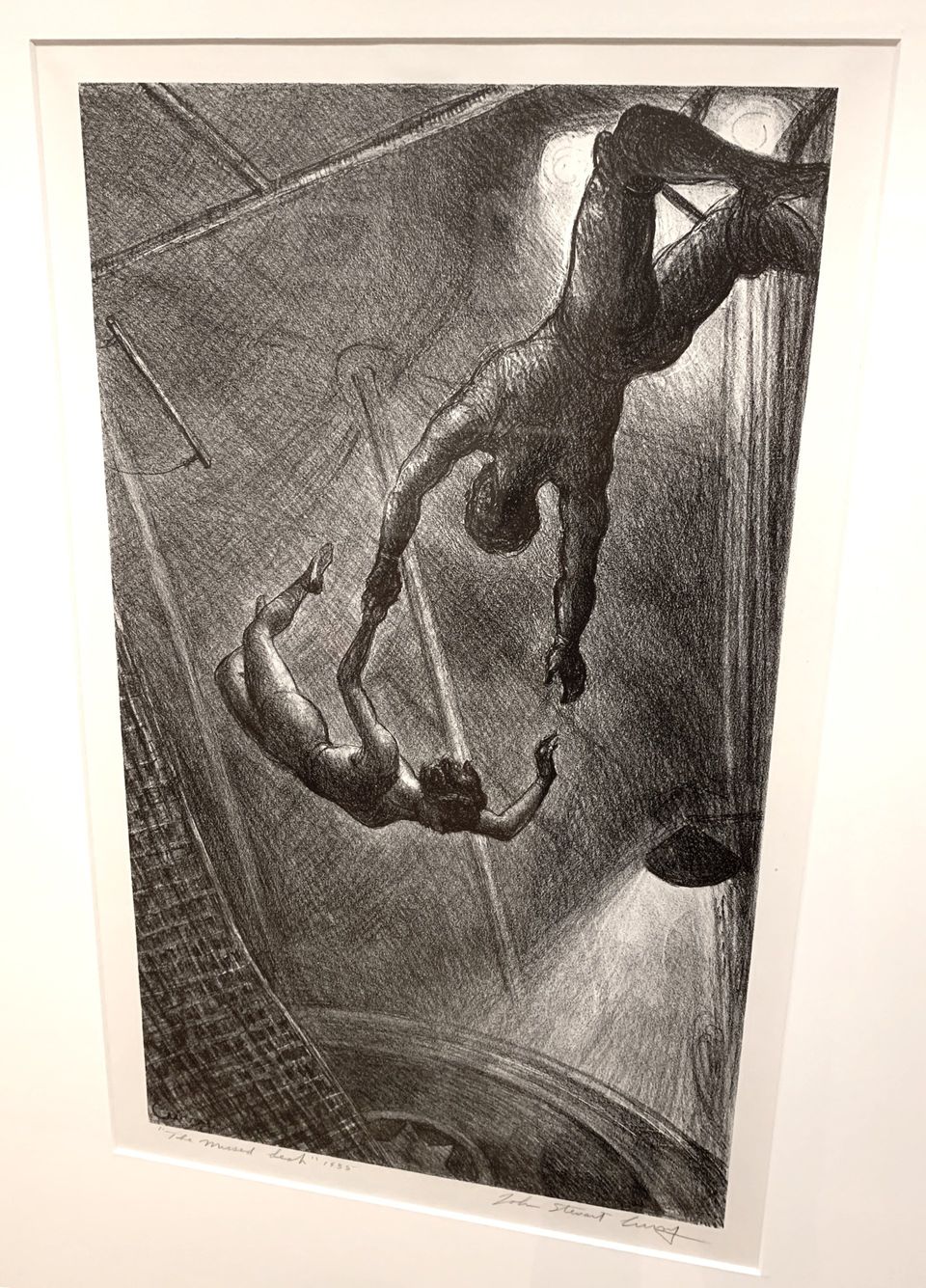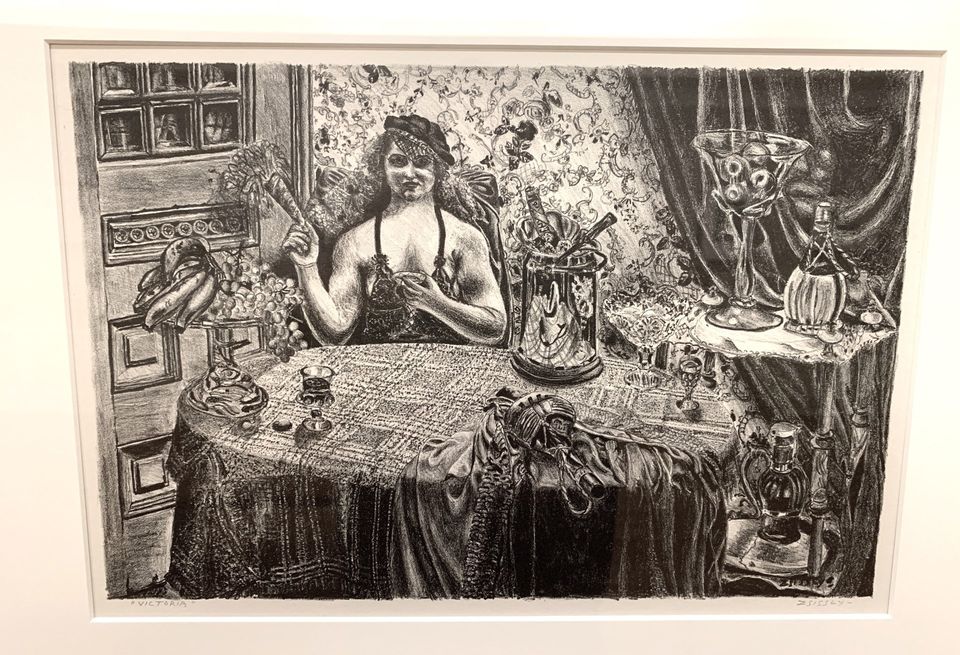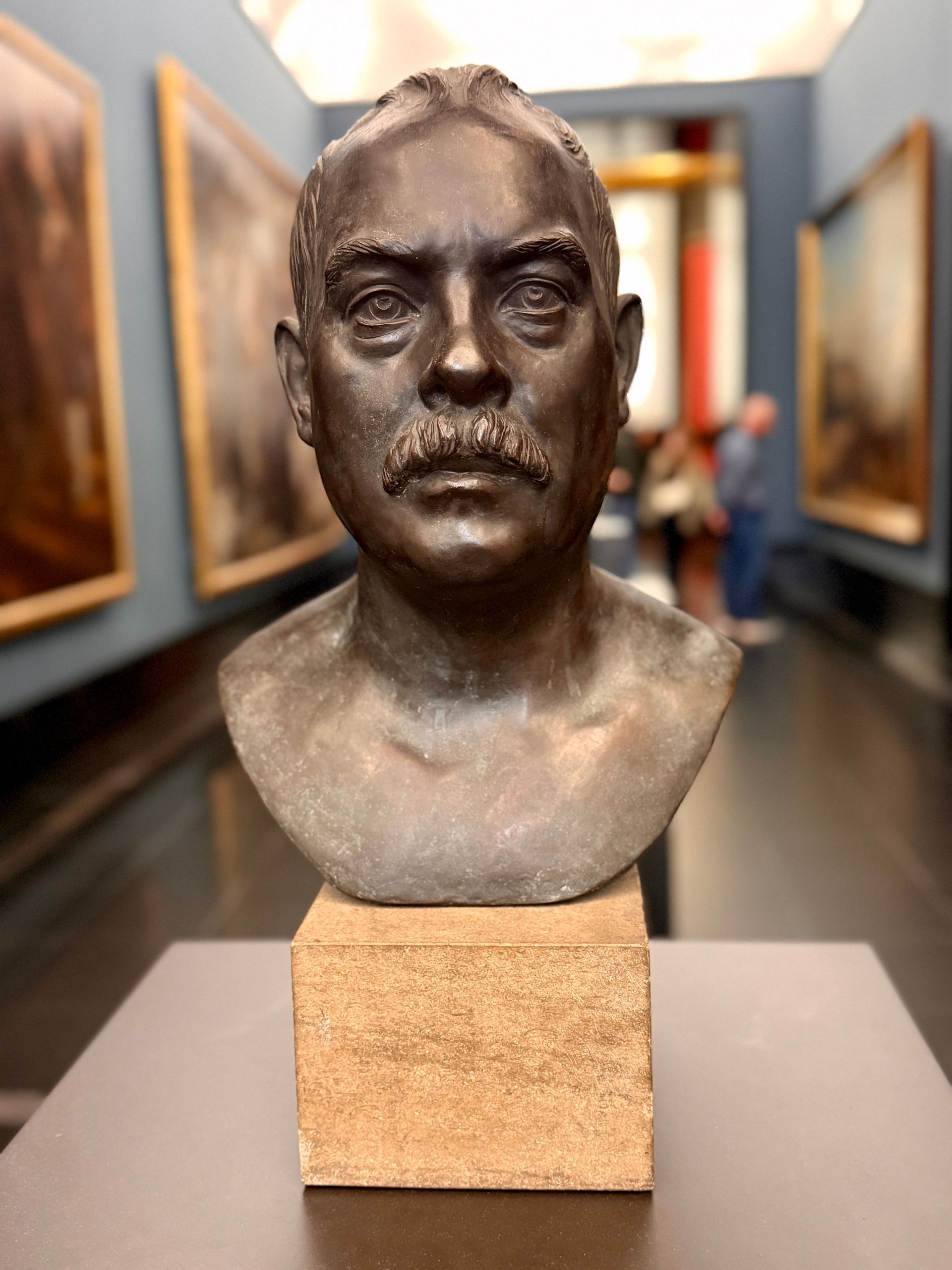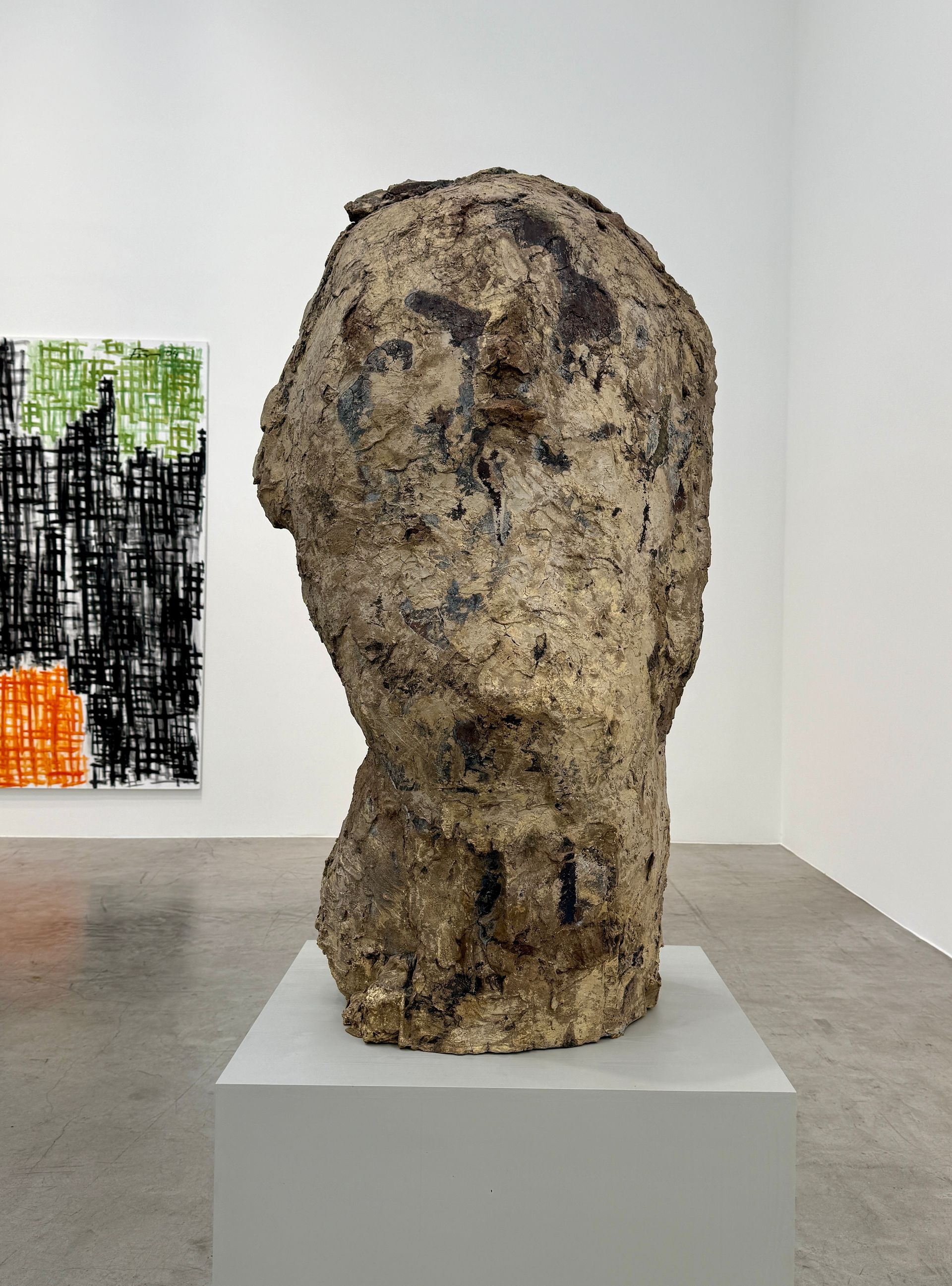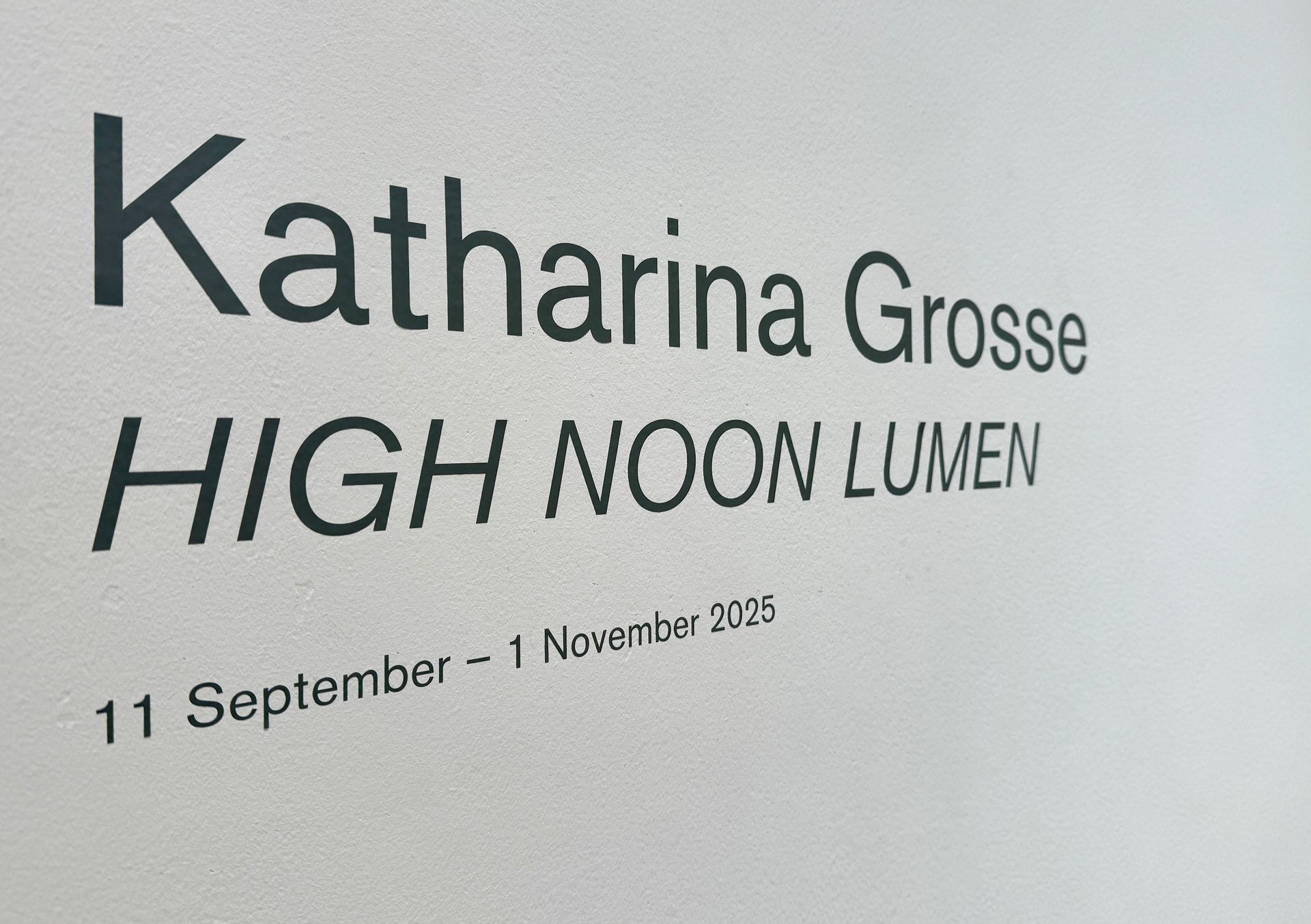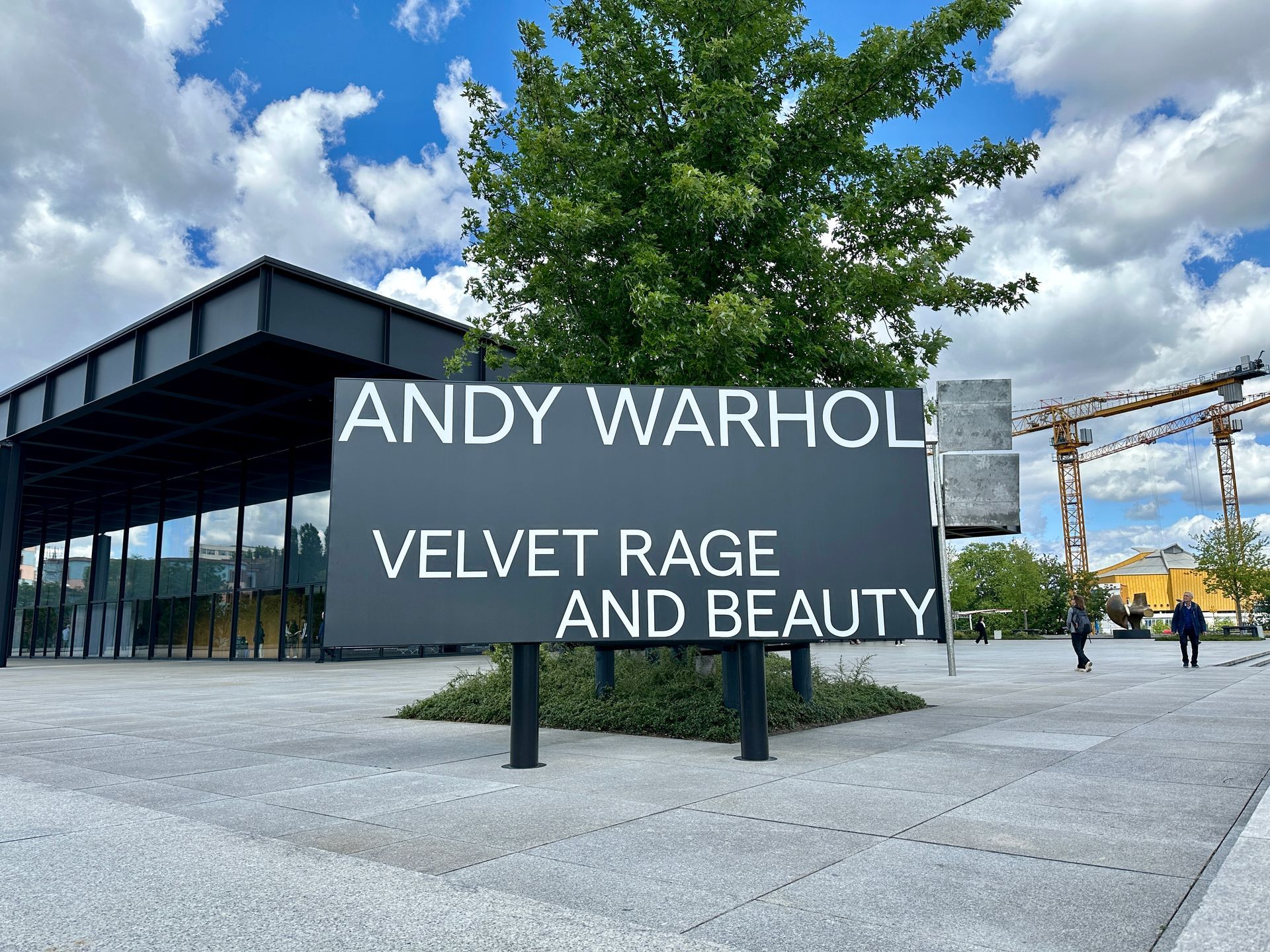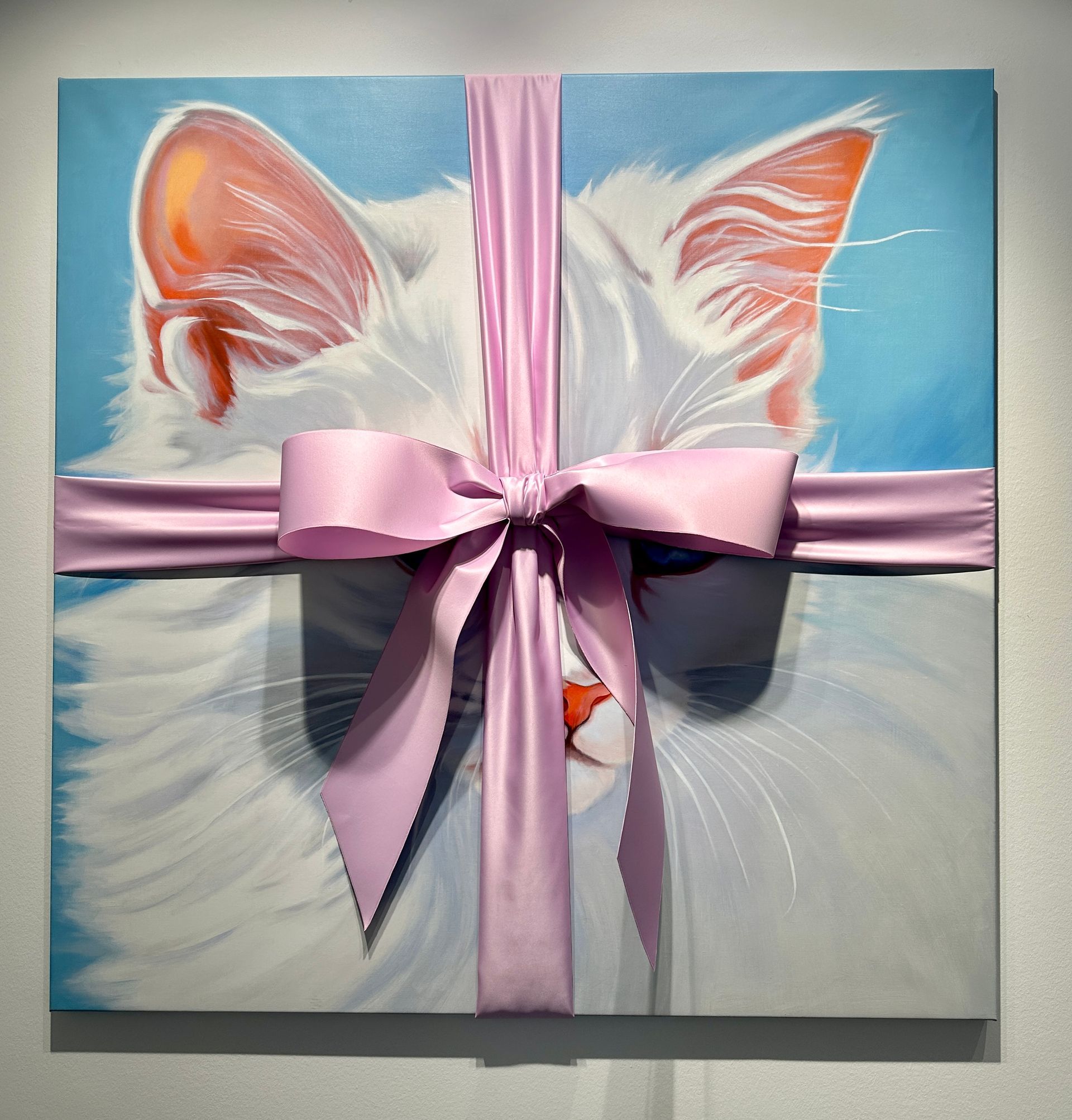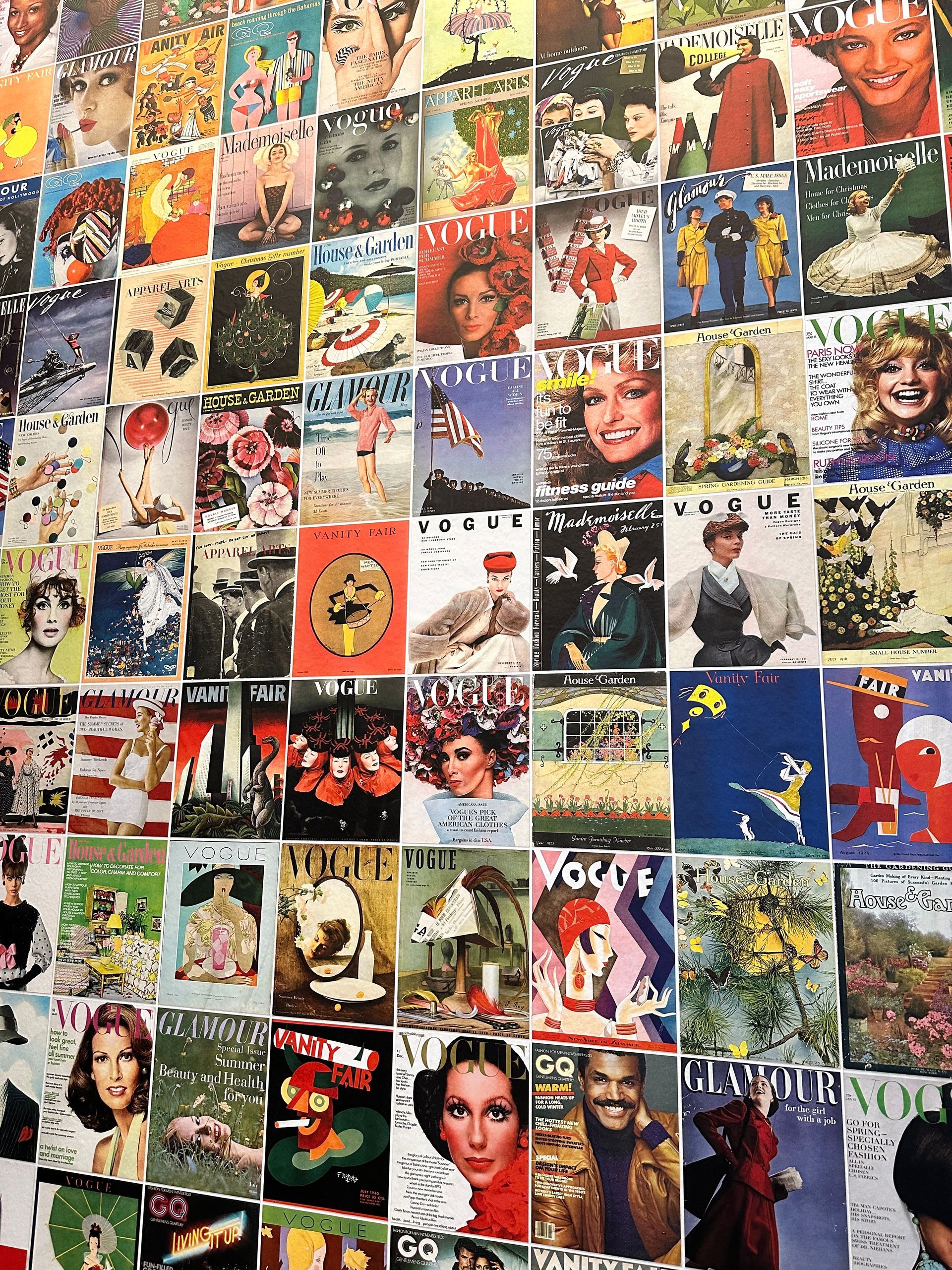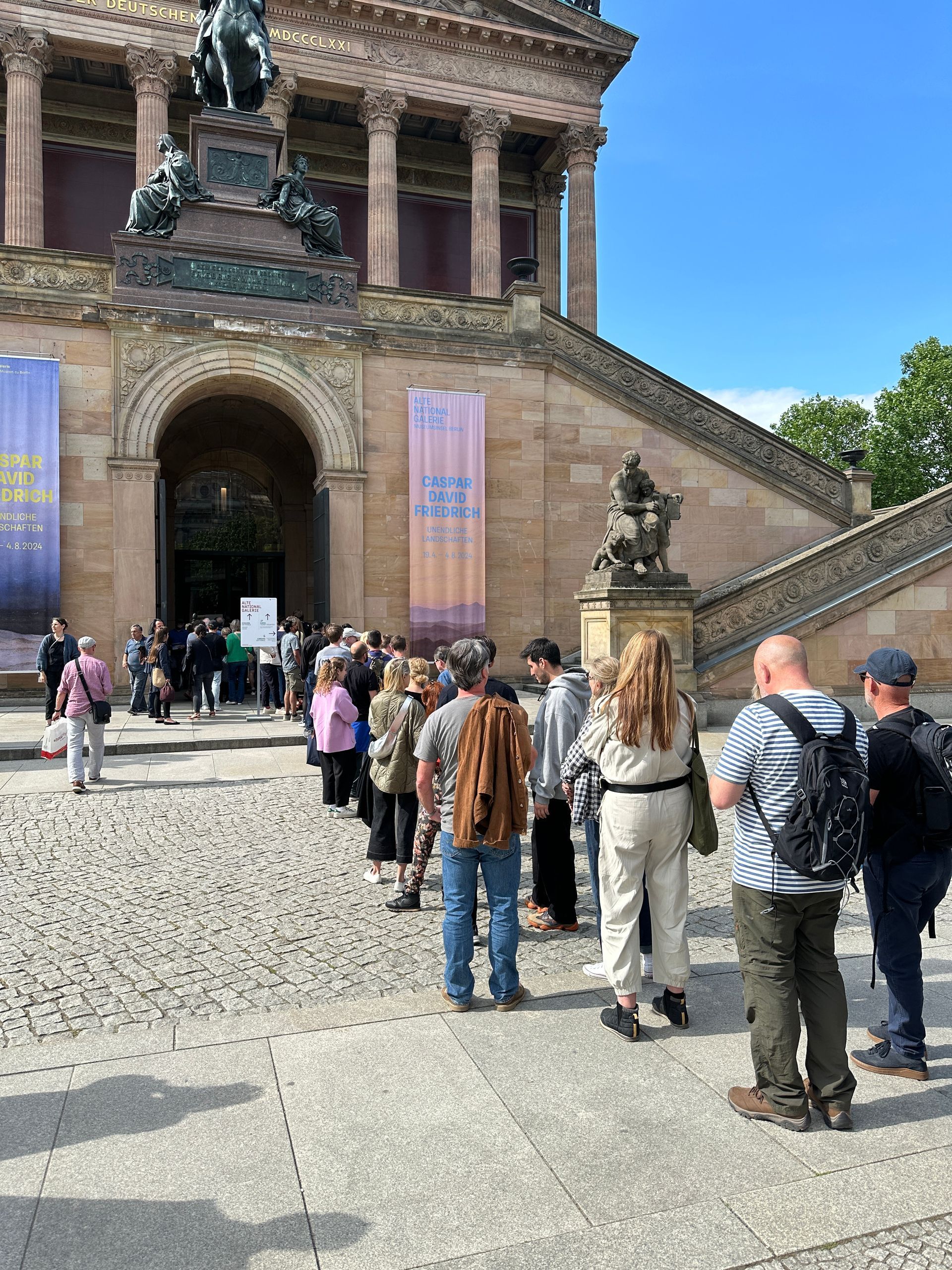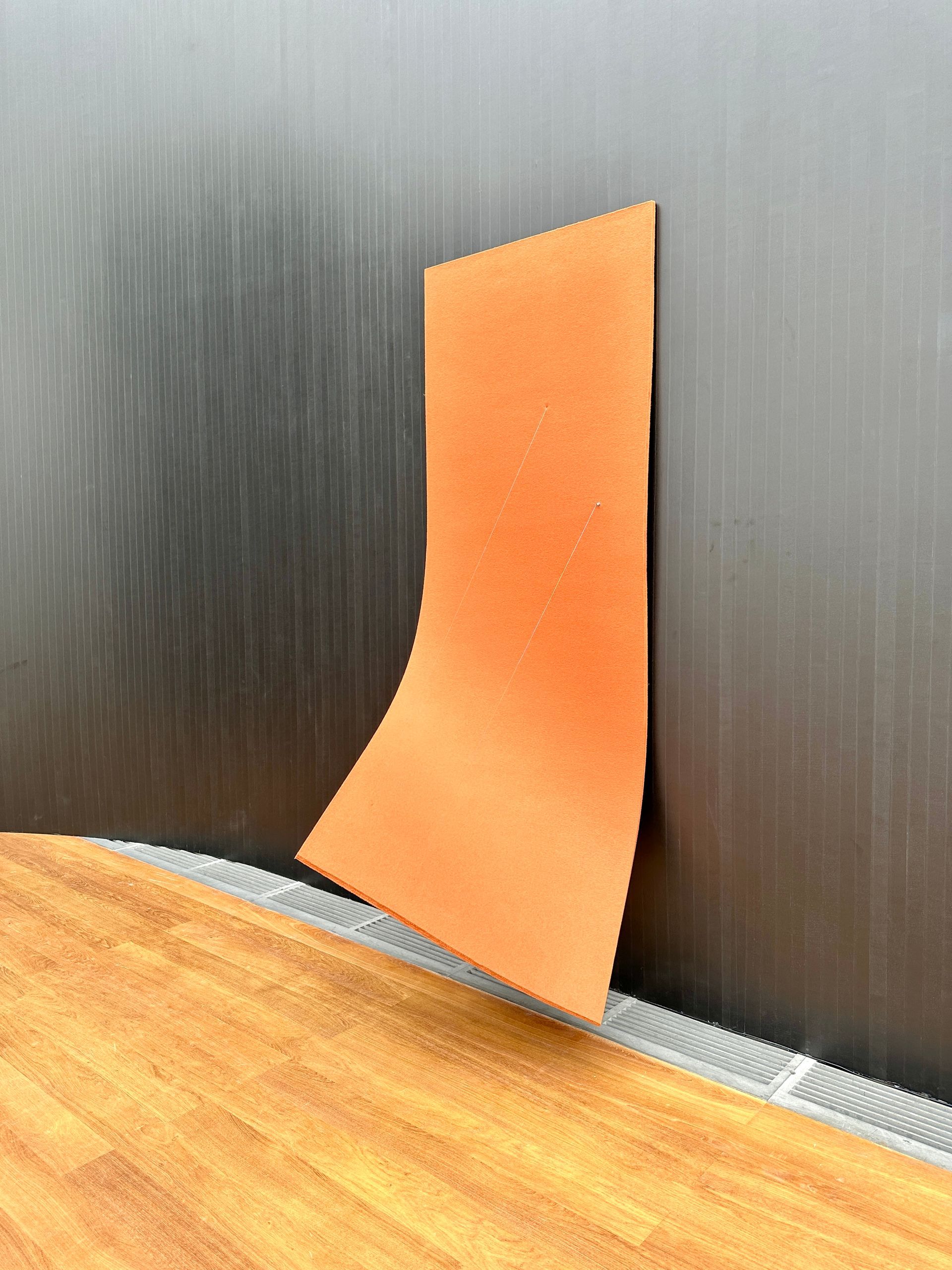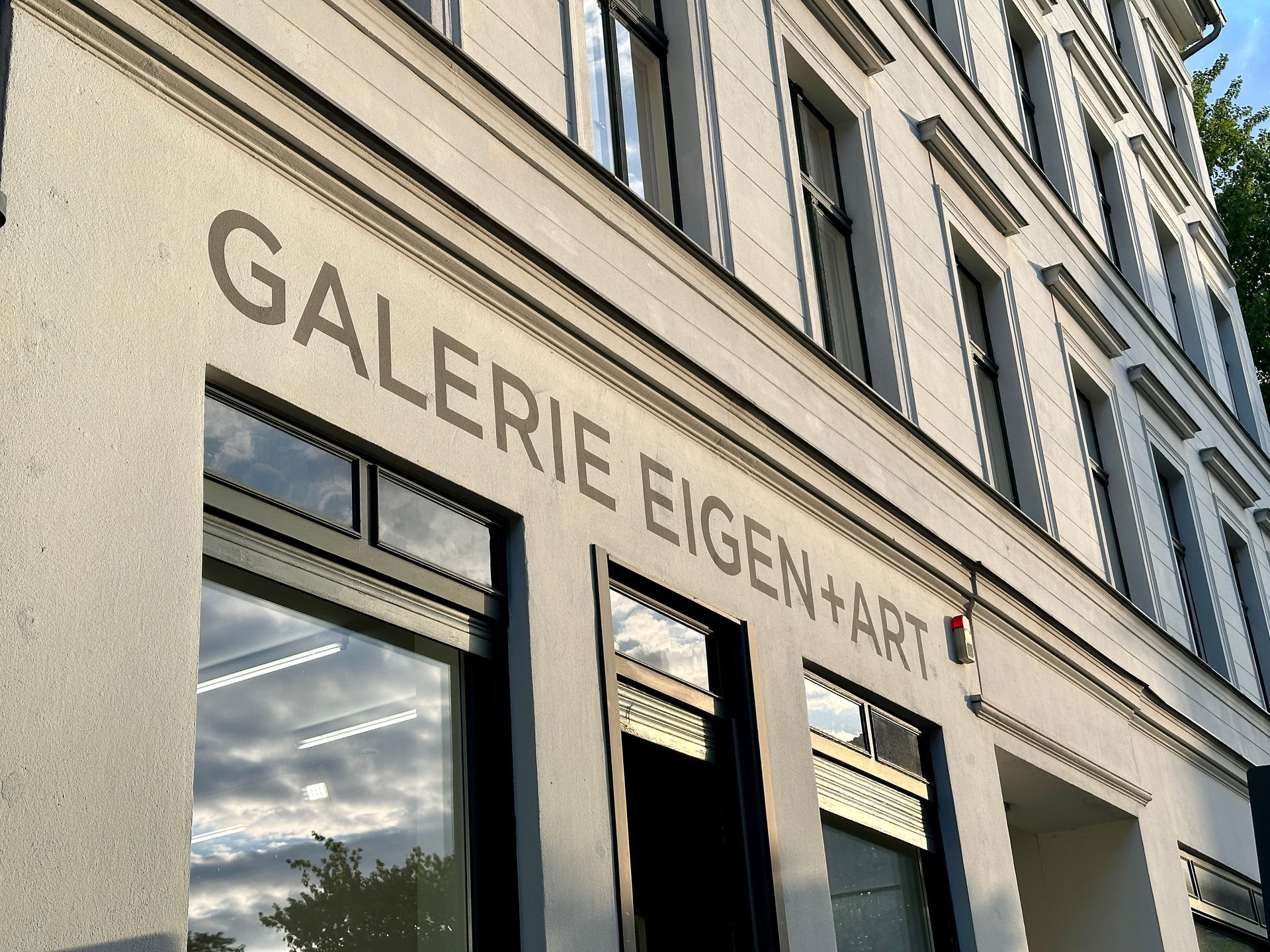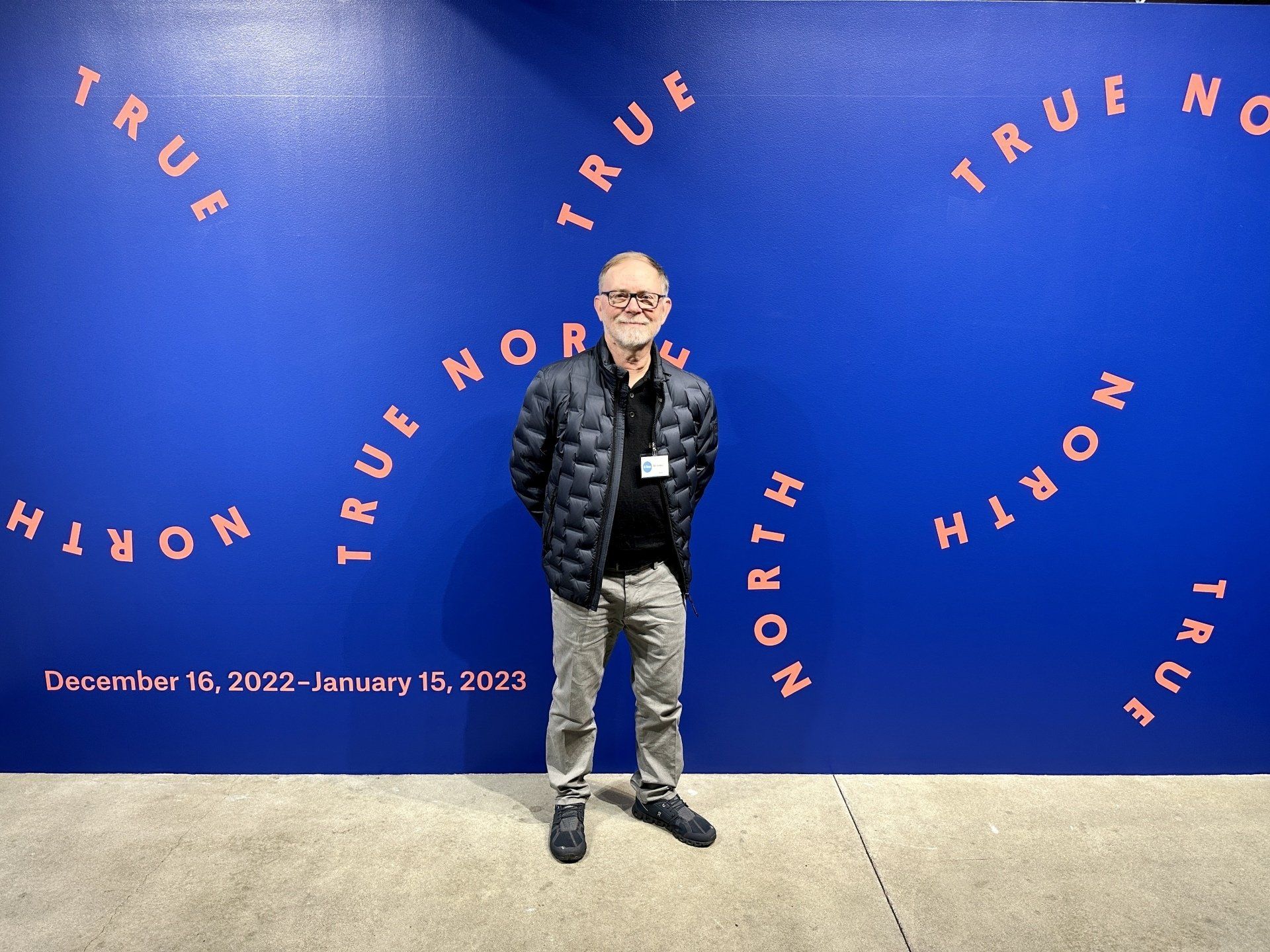Regionalist and Social Realist art for middle class budgets
So much to learn about in the art world! Last week I went to “Associated American Artists: Prints for the People,” an exhibit at the Portland Art Museum (Oregon). The show featured mostly prints from the 30’s and 40’s that were the result of a collaboration between the Associated American Artists (AAA) and printmakers immediately following the Great Depression. The AAA commissioned prints and other works of art in order to get quality art into the hands of middle class Americans – and to provide a source of income to artists. Some of the artists who worked with the AAA included Thomas Hart Benton, John Steuart Curry, and Grant Wood.
Most of the content of the show consists of scenes of everyday life, landscapes, people at work, and even boxing and circus scenes, and is both a visual treat and a fascinating American history lesson. And even if you don’t know that much about how prints are made, the level of techniques on display is inspiring. Part of the magic of these prints, is the familiarity and even homeyness of the images, which then surprise the viewer with more complicated emotions.
Also included in the show are prints from The Taller de Gráfica Popular, a print collective in Mexico City. The AAA linked forces with the TGP to bring the work of Mexican printmakers to the U.S. art market. These prints are direct and powerful, and it’s interesting to see the social movements and economics of the time playing out south of the border.
AAA made prints available for as low as $5 each, which is about $88 in today’s money. They were sold by mail order, in department stores and also through a traveling exhibit program.
Given today’s political and economic headlines, it’s easy to see repeated themes from the 30’s and 40’s, and our own times. The dignity of the individual and economic inequality were major issues back then, and still are today.
If you going to be in Portland, I highly recommend this show. It runs through September 1, 2019.
note: In order to minimize glare, I angled some of these shots – I hope it’s not too distracting!
Grant Wood, “January,” 1937, lithograph
This print quietly tells a story of the cycle of labor in the setting of an American landscape. The rabbit tracks add humor and allude to the fertility of the coming spring.
Grant Wood, “Sultry Night,” 1939, lithograph
Unlike images of muscular figures – as in WPA era bas relief friezes on public buildings of the time, this is a non-idealized farmhand, who is rinsing off after a day of work. This print was deemed “indecent,” and banned from mail distribution. However, it was available to the public over the counter at AAA offices.
Samuel L. Margolies, “R.F.D. #2,” 1940, aquatint
R.F.D. stands for Rural Free Delivery, a service initiated in the United States in the late 19th century to get mail delivered directly to rural farmers.
Francisco Mora, “Mine Worker in Pachuca,” 1946, lithograph
A member of the Taller de Gráfica Popular, Mora’s art focused on social injustice. The AAA commissioned Mora to do a series of lithographs on the Mexican mining industry. This print depicts the claustrophobic and back-breaking working conditions.
Isabel Bishop, “Noon Hour,” 1935, etching
This print depicts two women on a work break. The figures are isolated from any surroundings, so the focus is only on the women. There’s an interesting mix of classical poses and a somewhat tired and desolate attitude in the figures.
Joe Jones, “Windy Day,” 1950, lithograph
Straight-forward and breezy depiction of a seaside or lakeside view. The gestural line work and generalized placement of darks and lights deftly tells the story of this particular day.
Yasuo Kuniyoshi, “Wire Cyclist,” 1939, lithograph
I love the way in this print you first see the woman’s underlit face and arm position, then the balletic posture of her legs, and lastly her precarious balance on the highwire. 1-2-3!
John Steuart Curry, “The Missed Leap,” 1934, lithograph
Curry accompanied the Ringling Bros. Circus for six weeks and created a series of prints capturing circus life. The lighting and the diagonals in this composition underscore the excitement and terror of this suspended moment.
Zsissly, “Victoria,” 1947, lithograph
Considering that this scene is outfitted for a party of some kind, the overall mood of the piece is more like a horror movie. The image is kind of like an Ivan Albright painting, where the picture is on the verge of decay. This is a party invitaton that we would all probably give an “I’ll pass” response to.


